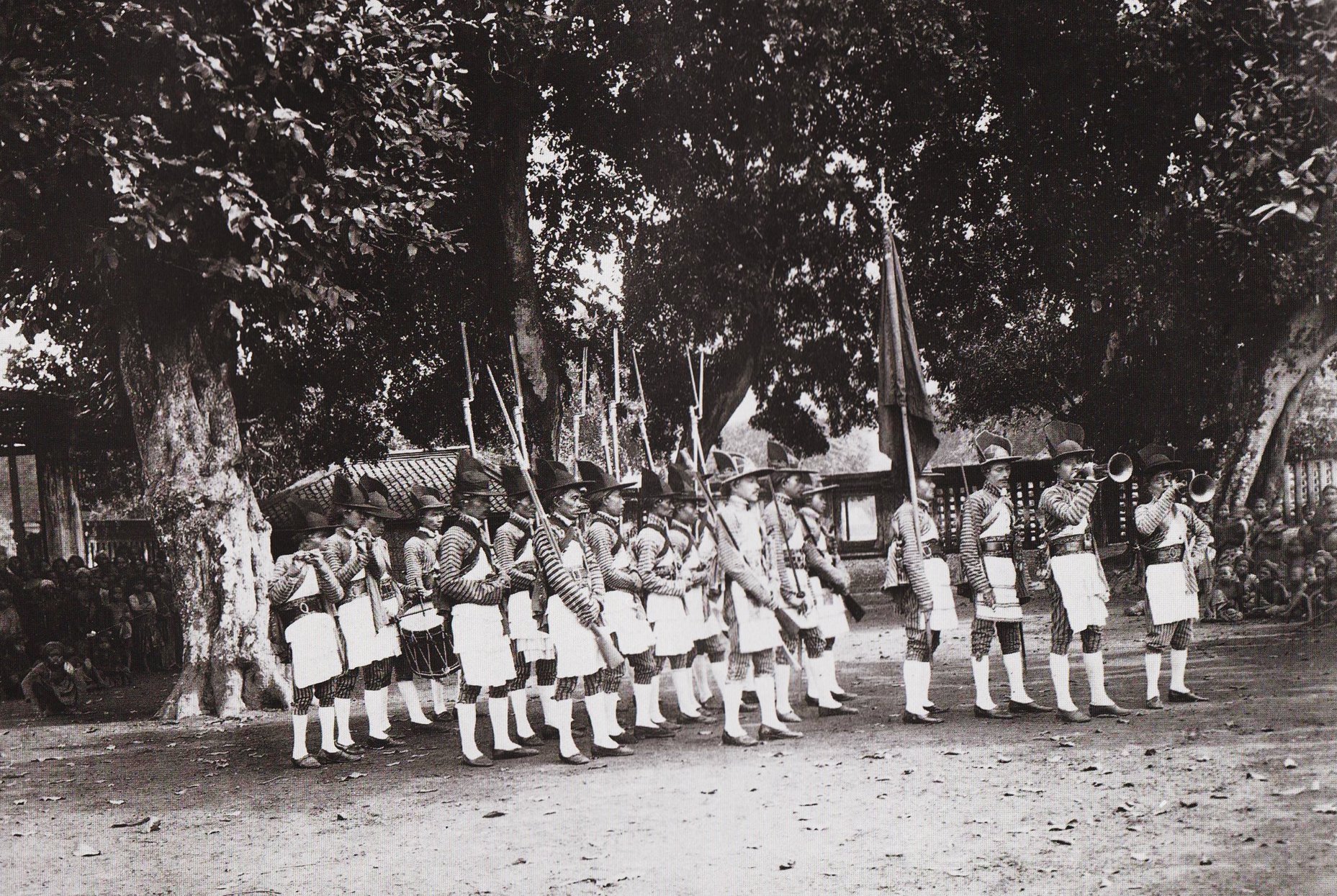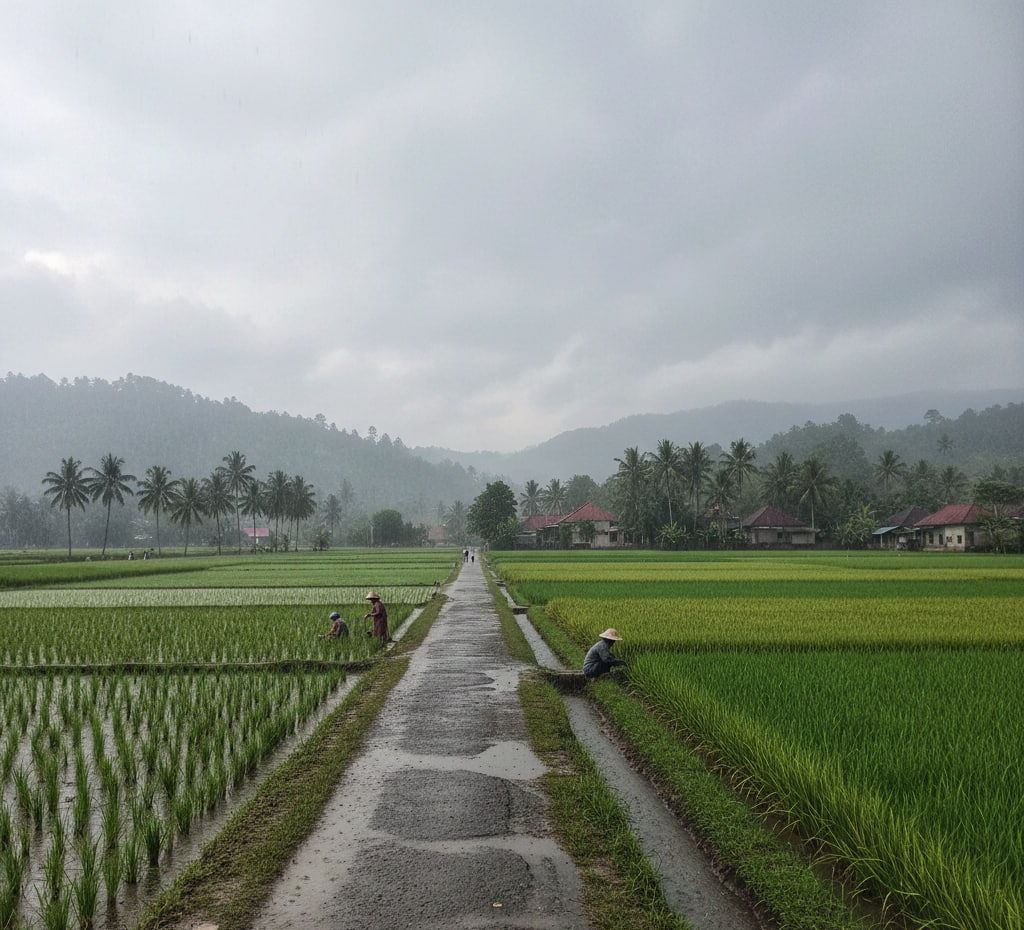News
Sana Budaya : From Orientalism until Nasionalism 6
From the development of this language and culture study institution, the Indologie program was established at Leiden University, a department or department that provides doctoral level education. It is intended for Dutch and foreign students to learn various things about eastern (Indonesian) culture, both in the fields of law, customary law, language, politics, art, and culture. From this institution later big names were printed who later became the pioneers of the Java Institute in Yogyakarta which eventually gave birth to the Sonobudoyo Museum.
The effect of the ethical politics formulated and implemented by the Dutch colonial government, especially regarding the expansion of Western education among the natives, shows its form. Among the elite, especially those who showed great interest in Western Education, gave birth to new scholars in various fields. Many of them end up working in government and private bureaucracies, although there are also some of them who deepen their studies to a further level (university).
The level of university studies has not developed in the Dutch East Indies, so many continue their studies in the Netherlands, especially in Delft, Leiden, Utrecht and Rotterdam. Generally, they came from the priyayi elite and courts in Java, such as Kasunanan, Mangkunegaran, Sultanate, and Pakualaman Yogyakarta. Some of them belonged to the families of regents from various regenschaps in Java, then several well-known figures such as Dr. Hoesein Djajadiningrat is a priyayi family in Banten and P.A. Adinegara, who later became voorsiters in the Java-Instituut. The Java Institute is an institution that studies the language and culture of Java, Sunda, Bali and Madura. This institution was established as a recommendation from the results of the first Javanese Language Congress on 5-7 July 1918. This institution became a collection of scientific activities of the Taal Ambteenar or linguists. Generally they are Dutch people who have an interest in Javanese, Sundanese, Balinese and Madurese languages.
The establishment of this research institute was triggered by the exciting debates held by the congress participants regarding Java from various perspectives (language, politics, culture and history), including the debate between Javanese intellectual figures such as Soetatmo and Tjipta Mangunkusumo. The debate touched on various aspects and the background of a comprehensive field of knowledge so that the idea emerged that it was not enough to study Java only in terms of language, but should involve other aspects, including aspects of Javanese history. The Java Institute is the answer to the need for an institution that can collect studies on Java. In order for scientific studies to be well disseminated, a magazine was published to publish scientific articles on various Javanese, Sundanese, Balinese and Madurese studies, so it is not surprising that after the Java Institute was founded on August 4, 1919 in Surakarta, two years later a scientific magazine was published, entitled Javanese name.


